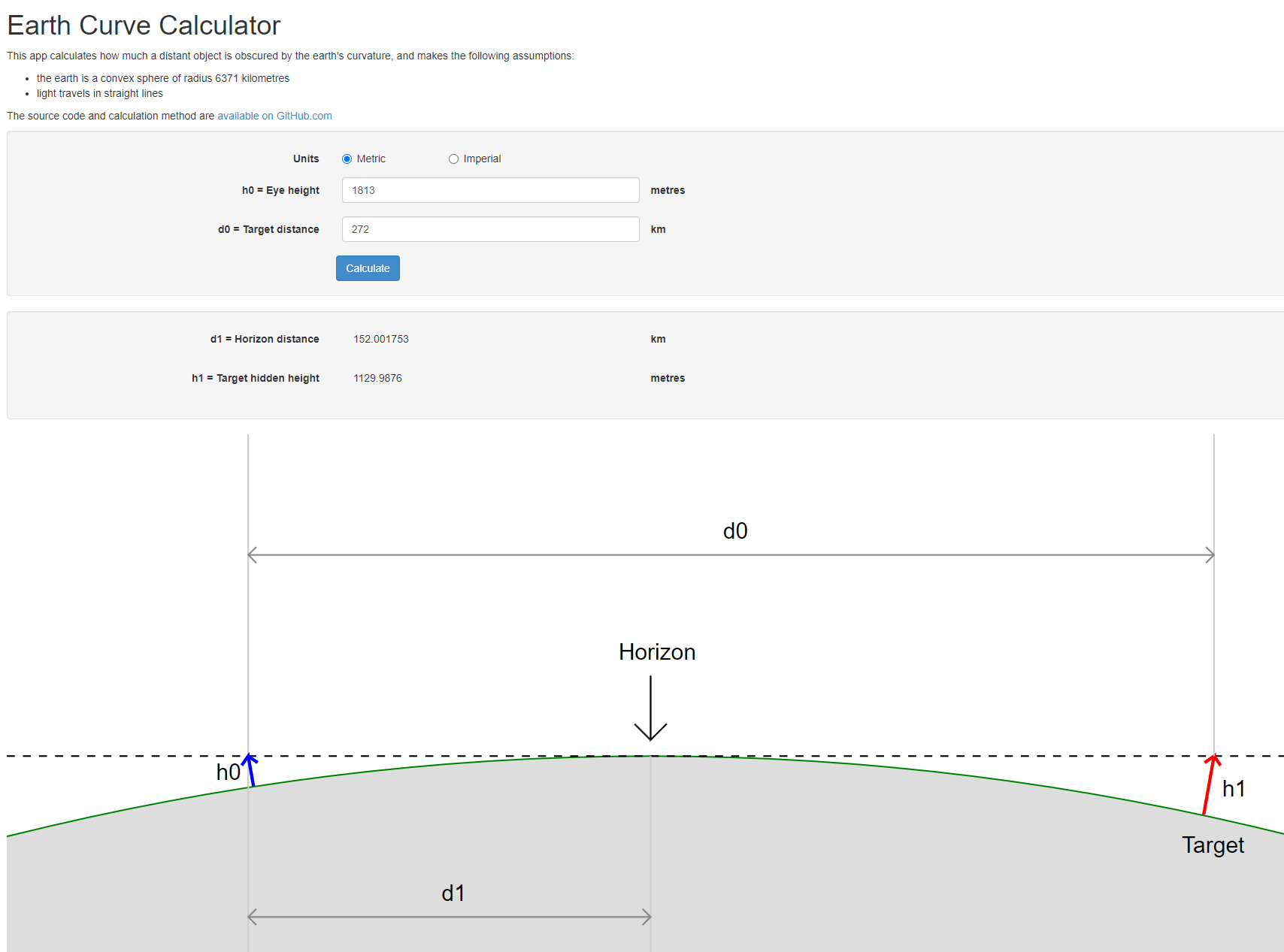It can be concerning when after extensive backtesting over five years, none of your trading strategies maintain a win rate exceeding 50%. Several factors could influence these results, and it’s essential to consider potential areas of oversight or improvement. Here are some aspects to examine:
Market Conditions: Consider the types of market conditions during your backtesting period. Different strategies perform differently across bull, bear, and sideways markets. A strategy might not be universally effective across all conditions. Ensure that your dataset includes a balanced mix of various market environments.
Strategy Design: Reflect on the components of your trading strategy. Are your entry and exit criteria clear and well-defined? Backtesting might not accurately reflect performance if the strategy lacks a solid foundation. Consider refining your criteria or exploring other technical indicators.
Data Quality: Verify that the data used for backtesting is of high quality, accurate, and devoid of any gaps or errors. Poor data can lead to unreliable results and skew the effectiveness of your strategies.
Risk Management: Effective risk management plays a crucial role in strategy performance. Ensure that your backtesting considers risk parameters such as stop-loss levels, position sizing, and maximum drawdowns. Even a low win rate strategy can be profitable if the risk is managed well.
Overfitting: There’s a risk of overfitting your strategy to historical data, causing it not to perform well in live conditions because it’s too tailored to past results. Ensure that your strategies are simple and robust, avoiding excessively complex models that might not generalize well.
Psychological Factors: Trading is not just system-based; psychological resilience is essential. While backtesting helps in understanding statistical edge, the actual execution needs to factor in discipline and emotional control which aren’t captured in backtests.
Alternative Metrics: Win rate isn’t the only performance metric. Consider other aspects like the profit factor, Sharpe ratio, or expectancy to evaluate the overall viability of your trading strategies. A lower win rate strategy could still yield substantial returns if the reward-risk ratio is favorable.
Review and Iterate: Use this as an opportunity to reassess and iterate on existing strategies. Analyze under what conditions your strategies perform well and where they falter. Adjust, refine, and test again to increase the chances of identifying a consistently profitable approach.
In conclusion, sometimes strategic adjustments or understanding broader market dynamics and risk management techniques might be necessary to enhance your win rate or redefine your success criteria beyond just the percentage of wins.

No responses yet